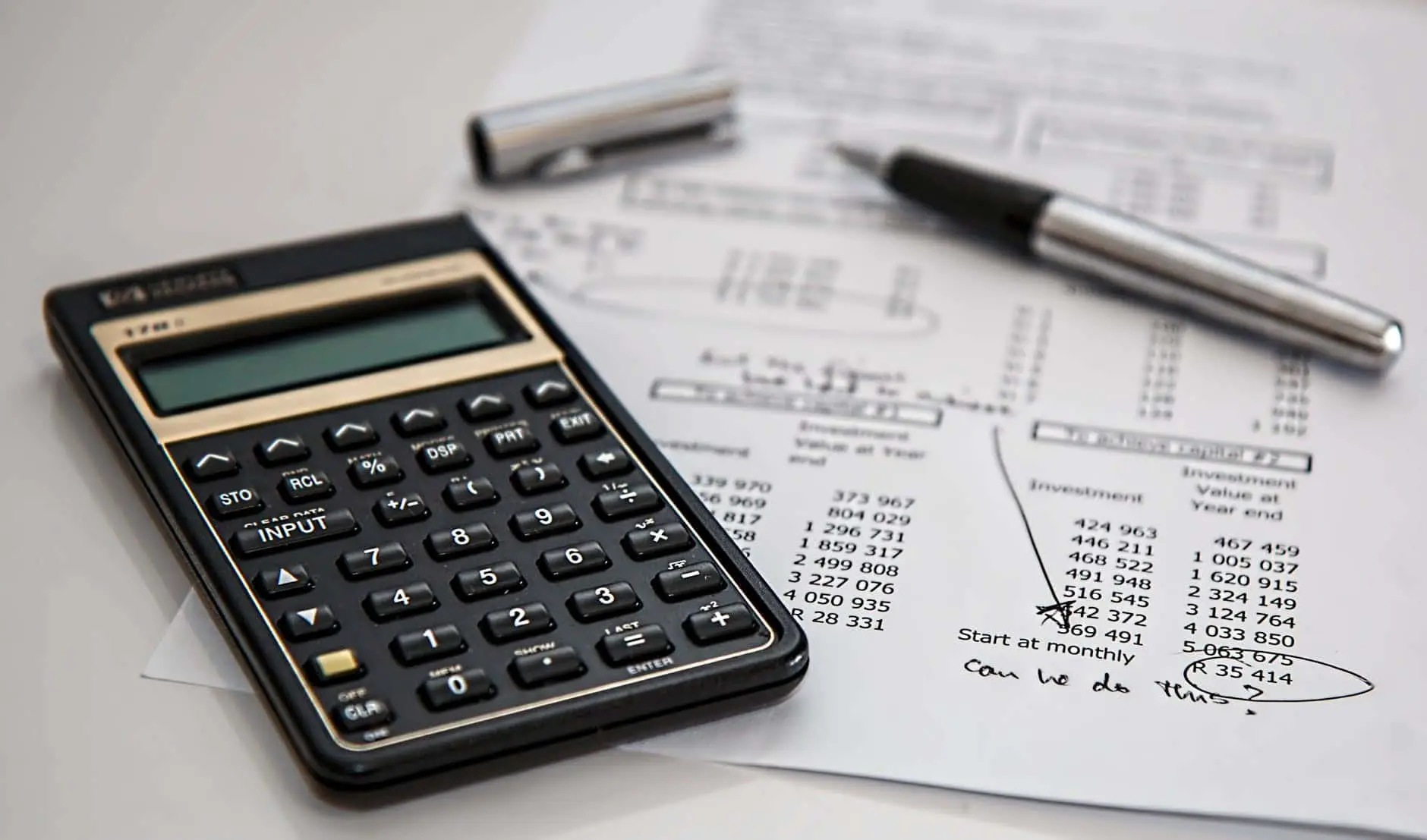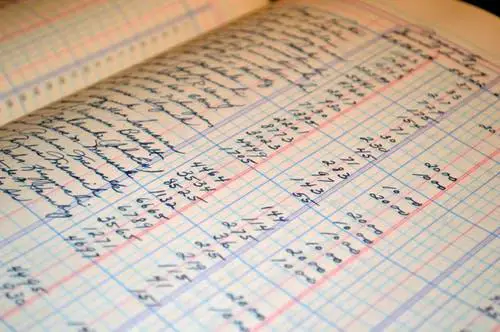Accounting is the process of recording all business transactions, and accounting reports are a numerical representation of the performance of a business. Part of these accounting reports is the tax liability, and given the significance of taxation, avoiding recording this data can have severe consequences for a business.
Many new businesses are not aware of the meaning of tax liability and the significance of staying legally compliant. While juggling different business expenses, owners now have to ensure that their venture stays on top of tax liability.
Before we go about elaborating on the significance of tax liability, here are some reasons why it is crucial.
What is Tax Liability?
Tax liability quite simply put is the amount you owe to your local tax authorities. Let’s put it this way, the tax liability is a legally binding debt to a creditor, and both individuals and businesses can have tax liabilities.
 In accounting procedures, tax liabilities are recorded under the current liability section. The section records short-term debts you must pay within a year. A business generally records short-term liabilities from normal business operations. All companies, therefore, record tax liabilities with other current debts on your small business balance sheet.
In accounting procedures, tax liabilities are recorded under the current liability section. The section records short-term debts you must pay within a year. A business generally records short-term liabilities from normal business operations. All companies, therefore, record tax liabilities with other current debts on your small business balance sheet.
Consequences of ignoring the tax liability in comparison to other forms of short-term debts are enormous. Inability to pay atax liabilitycan result in back taxes, tax lien penalties, and even jail time. If you are not able to pay taxes due to monetary constraints, working out a payment agreement may help out.
Now that you are aware of what tax liability is, here are some forms of tax liabilities faced by owners of small business.
Types of Small Business Tax Liabilities
Your business can earn tax liabilities from many taxable events. A taxable event is a transaction or a deal that results in tax liability, these events include earning taxable income, making sales, and issuing payroll.
The state is responsible for deciding which event is taxable and the degree of tax liability the event holds. You may also have additional tax liabilities, other than the ones mentioned here, such as franchise or excise tax. However, we have decided to elaborate upon tax liabilities relevant to small businesses only.
1. Earned Income Tax Liability
This is one of the most common forms of tax liabilities. Working individuals are required to pay federal income tax; the tax may also include state and local income taxes on their earnings.
To pay back the income tax liability, employers withhold income from the wages of their employees. However, owners of small business don’t have wages, and if you don’t earn wages income tax is not deducted from your earnings.
The earned tax liability, at times, also includes tax from your business’s income. The owner of a company can pay earned income tax liabilities by paying segments of tax payments throughout the year.
2. Business Tax Liability
All businesses and corporations are required to pay taxes on the profit they earn. It is the government’s way of raising revenue for themselves. However, fortunately for small businesses registering the business as a sole proprietorship, partnership, S corporation, or LLC, you enjoy pass-through taxation.
Pass-through entities are entities that are not liable to reduce the effects of double taxation. Such entities are not eligible for paying income taxes at the corporate level. This means that in pass-through taxation, business taxes pass through your business and onto you.
Things are different, however, when you register your business as a corporation. In addition to paying the individual tax, you are eligible to pay corporate tax on your earnings.
3. Self-Employment Tax Liability
People who are owners of a business or an entity are responsible for paying for the self-employment tax liability. You see, working individuals are responsible for paying social security and medicare taxes on their earnings. Employees working in an organization face an automatic deduction of these taxes from their income. The inference from the wages is made with the help of FICA (Federal Insurance Contributions Act) tax, which is an employer and employee tax.
All small business owners are a subject to a tax liability, unless of course, their business is incorporated. The tax basically covers both the employer and employee portion of the Social Security and Medicare taxes.
The self-employment tax liability is 15.3% of the net earnings. Just like earned income, the user can pay self-employment taxes through estimated tax payments.
4. Payroll Tax Liability
If a small business owner has the luxury of hiring employees, it is responsible for withholding, filing, and remitting payroll taxes. The money that is withheld from employees and the money you spend as the employer are part of your payroll tax liability.
All business owners must withhold federal, state, and local income taxes and FICA tax from employee wages.
All employers are required to contribute an equal amount for FICA tax for each employee. The user is also expected to pay federal and state unemployment taxes.
The combination of income, unemployment, and FICA taxes are part of the payroll tax liability. The user must deposit these taxes with the IRS according to the depositing schedule.
5. Sales Tax Liability
All businesses sell either products or services to their customers, when you do so, you are eligible for adding the amount of sales tax to the final price you quote. The final price you quote to the buyer is the sales tax, and after collecting sales tax, the next step is to ensure the remittance of the tax to the state or local government.
Sales tax is a percentage of the total customer’s bill; the rate differs on where the business has a physical appearance.
6. Capital Gains Tax Liability
The owner of a business has a capital gains tax liability if the company sells an asset or an investment for a profit. Capital gains tax accounts for the gain you earn from the transaction. The gain is the difference between the price of the asset at the time of purchase and sale. Subtracting the two results is the gain you earn from the sale of the asset.
7. Property Tax Liability
Businesses that own a real state and are managing their operations from a location they own are liable to pay the property tax liability.
Property tax rates vary drastically, the tax liability that you owe depends directly on the value of the property. The government will reassess the tax rate per year and multiply it with the market value of the property to get the final value of the property tax liability.
Accounting for Tax Liabilities
The tax liabilities mentioned above are the ones common to owners of new businesses. Not paying the tax liabilities, can turn into a big deal for an incorporated business.
There are many ways that tax officials and businessmen record their tax liabilities, the methods differ in terms of the procedure, but the end result is the same. However, businesses incorporated in the tax bracket should not consider the option of evading taxes as it can have severe consequences for the credibility and the operations of the company.
The first step in the accounting procedure for recording tax liability is to be aware of what your tax liability amounts to. An entity can find its tax liability on line 22 of the new tax return form that went into effect with the 2018 tax year.
Your total tax liability is not necessarily for just one tax year only. Anything that remains unpaid from previous years should be part of your total tax liability for the current year.
Total tax liabilities depend on a number of factors. However, of all the factors that constitute your total tax liability, it is income tax that plays an integral part. A business must pay the income tax under the tax bracket it falls under. This varies to a great extent because the income tax depends on both the filing status and how much you earn.
To keep up with rising inflation levels, the income parameters for each tax bracket tend to increase annually.
The next part of the procedure is the collection of taxes. All businesses collect and set aside the correct amount of taxes. For example, withholding taxes from the wages of the employees by placing the withheld taxes in a separate bank account is one such collection method. Similarly, deductions are made from all other tax liabilities. However, these simple deductions are just the beginning of your tax liability; the Internal Revenue Code (IRC) allows the federation to whittle away at your taxable income.
Therefore, at the end of the day, your taxable liability is not based entirely on the total you earn in a given year. It is based on the difference between what you make and the standard deduction of your filing status or itemized deductions. Subtracting these figures gives you the final answer to your tax deductions.
Once you are done assessing, analyzing, and deducting your tax liabilities, the next step is to track and record the expenses and incomes in your books. Although each step is significant when accounting for tax liabilities, practically mentioning them in your books and creating a record is the most important.
All businesses need to understand the significance of recording tax liabilities. Staying up to date with the tax laws aids the owner in apprehending the tax net better. Following the tunes of rules and regulations is a must, and maintaining a record of the tax entries is a valid proof of you doing so.
Key to recording the data is mentioning the due date for any entry. It is also essential to familiarize yourself with the business’s tax depositing schedule and marking down due dates in a calendar.
Accounting Procedures and Norms for Tax Liabilities
Mere awareness of tax liabilities is not sufficient for determining the accounting procedures to record them.
As discussed above, there are different forms of tax liabilities, with each contributing to the overall tax deductions. The owners can divide the accounting procedure, just like the recording process of the tax liabilities.
The first part of the process deals with calculating the overall deductions; this includes the addition of different forms of taxes and liabilities. When you have got the figure of your total tax liabilities, you incorporate the balance as a liability in the current liabilities section.
Upon completing the federal income tax returns, a business gets the idea of the actual amounts of tax owed. The general accounting principles and the IRS tax code do not treat all items the same, the variation in accounting methods results in the difference between income tax expense and income tax liability since these are the two sets of rules that govern the calculation.
This is why it is crucial to state the difference between the two, making it a massive argument in favor of recording tax liabilities. The deductions of tax liabilities also result in regular adjustments to the different forms of business operations.
Taxes appear in some form or another in all the major accounting reports for a business. The balance sheet, the income statement, and the cash flow all are incomplete without the mention of cash. All three accounting statements have their unique way of recording tax, serving the purpose the books want to achieve.
Effective accounting procedures serve as the blood bank of businesses. The error of compiling incorrect information and the absence of financial records has the potential to hinder the performance of a company while putting at stake the credibility of the business.

